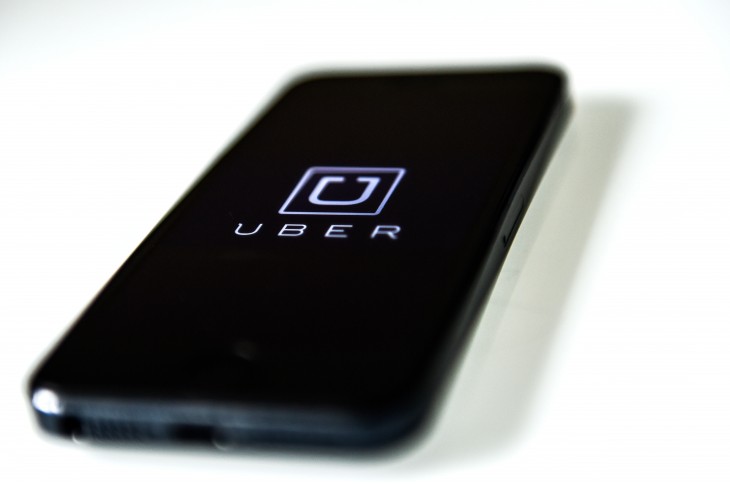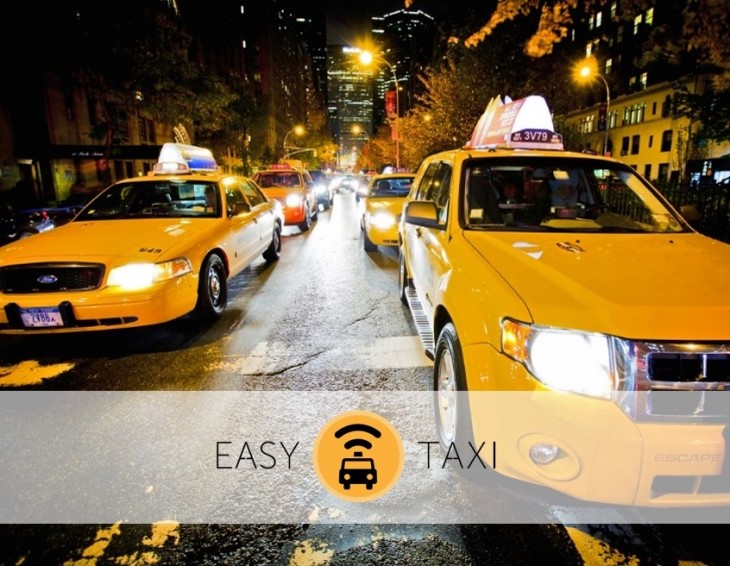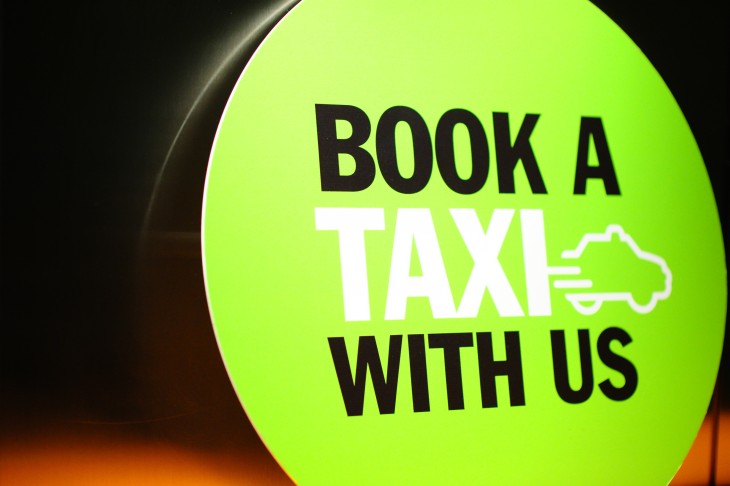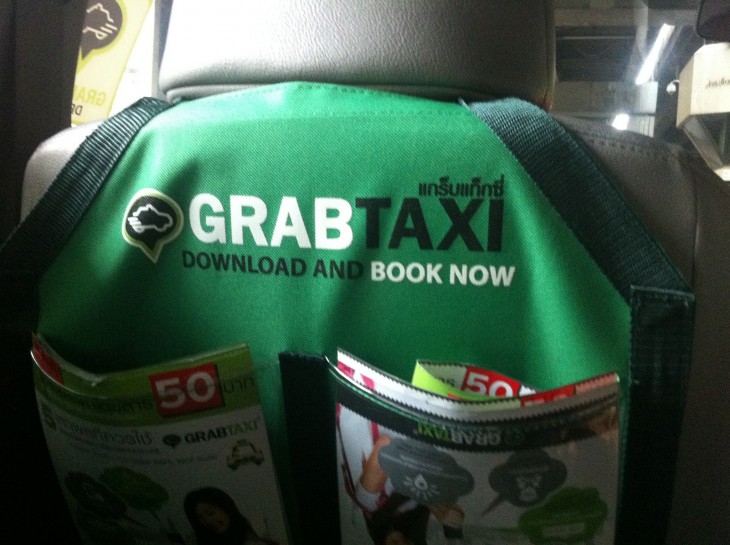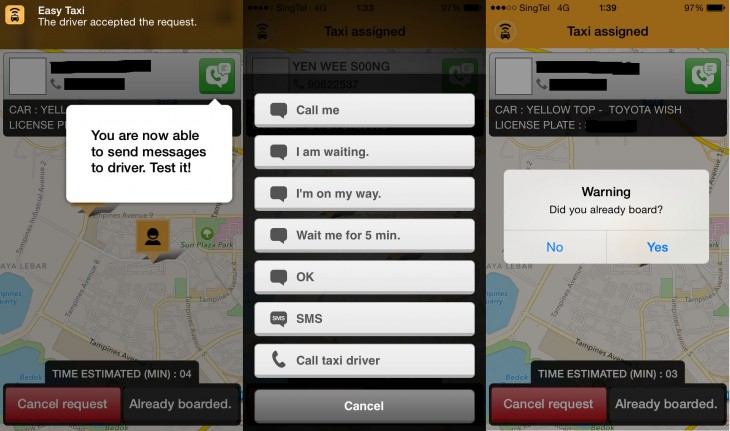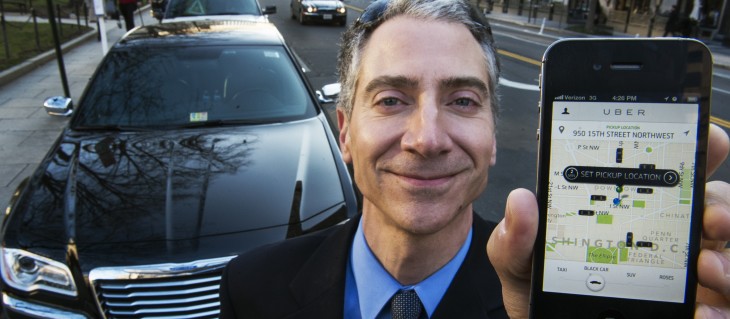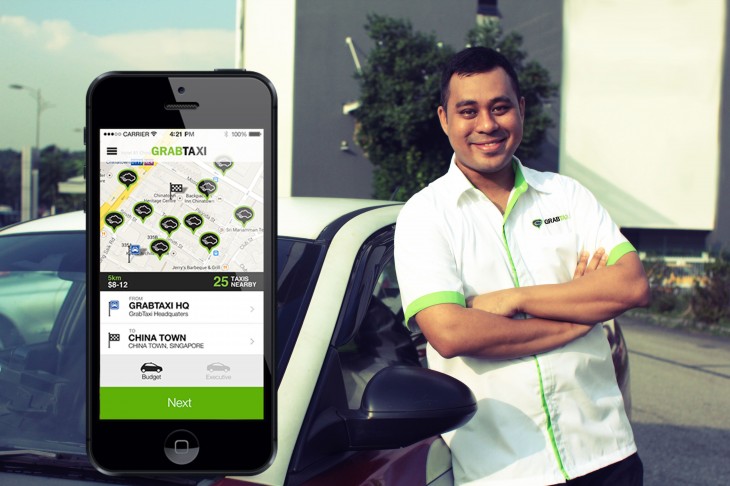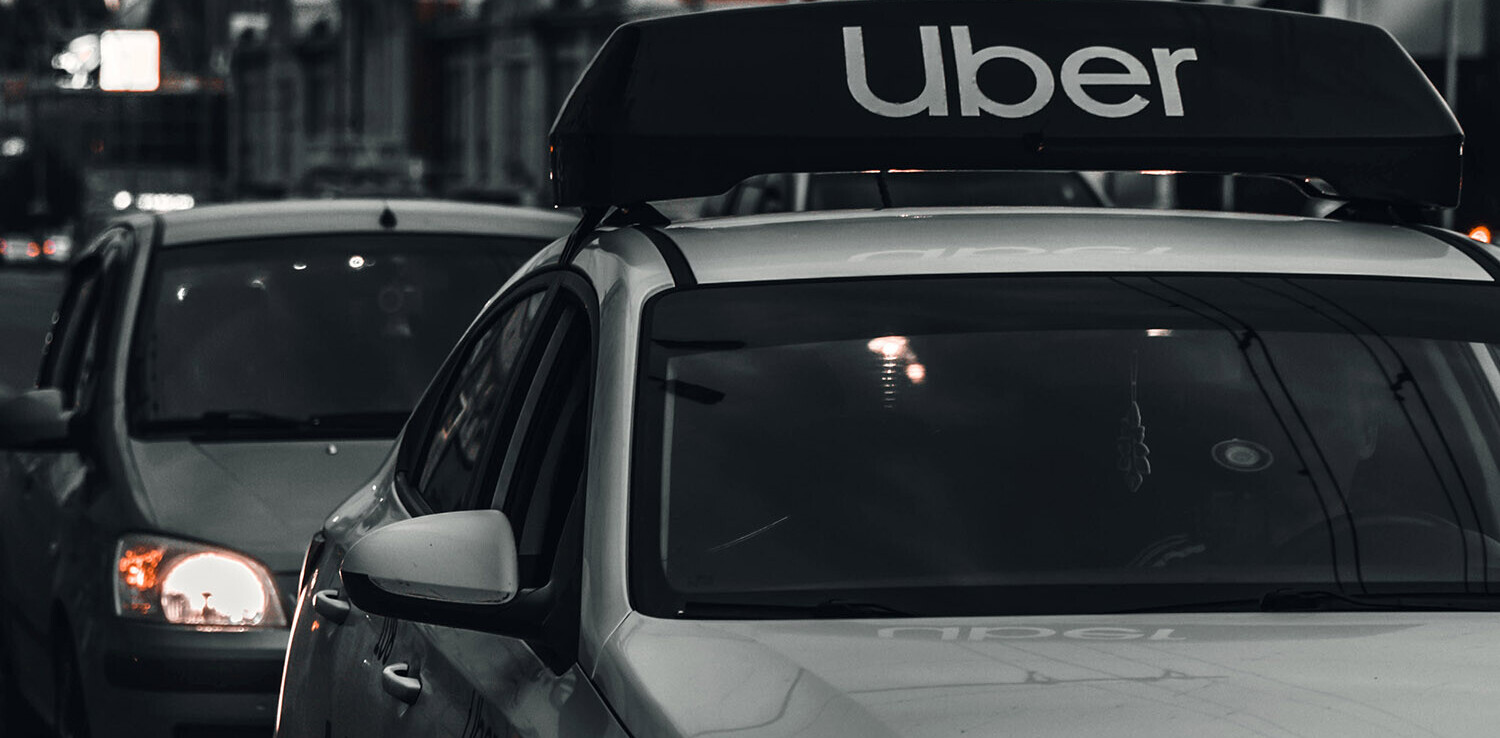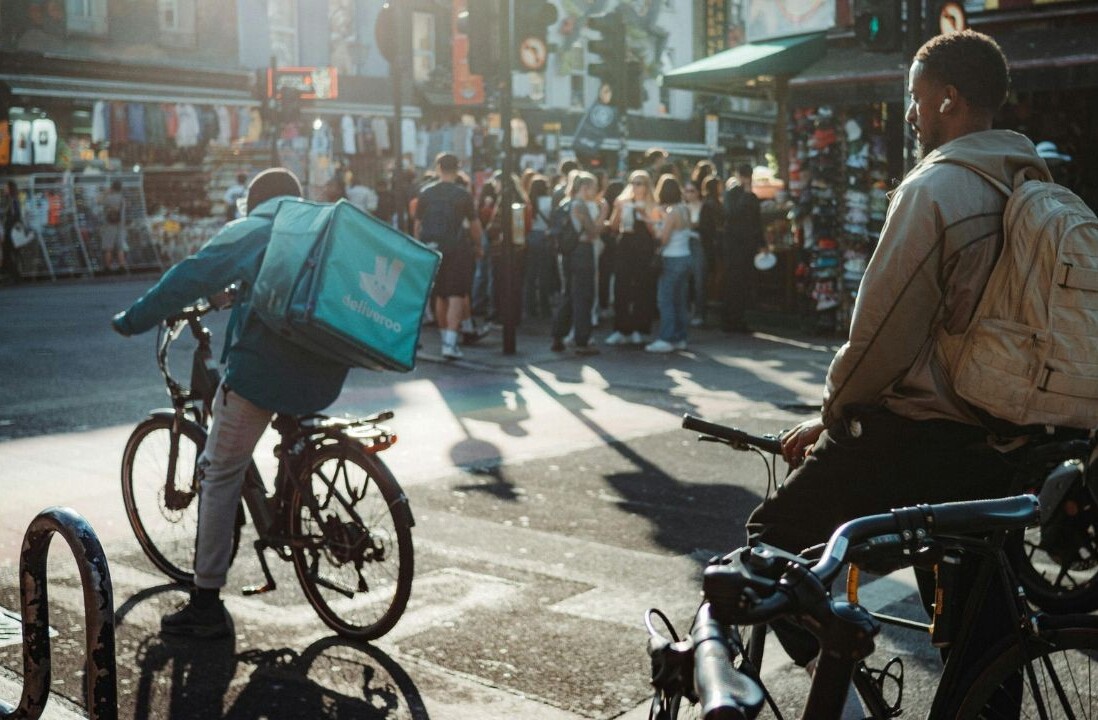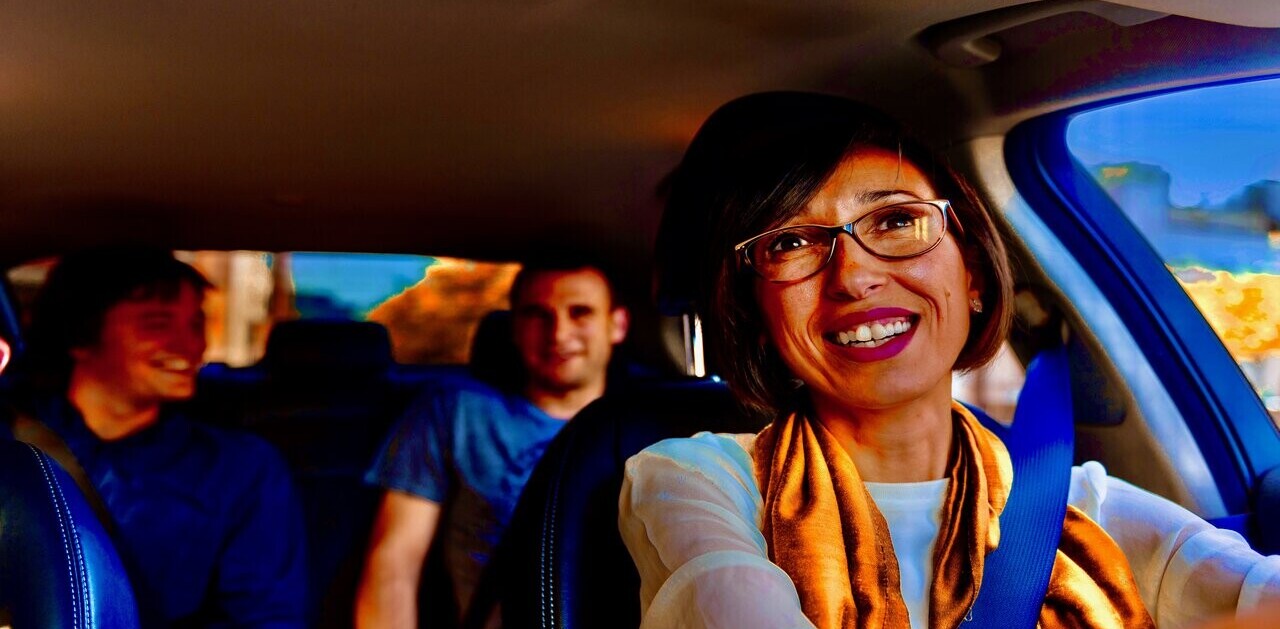
Whoever could have predicted that private car-for-hire and taxi-booking apps would one day be one of the hottest things in the tech scene? In Southeast Asia, a fierce battle is unfolding between three players: Uber, Easy Taxi and GrabTaxi, which are going all out for a slice of the lucrative transportation and logistics pie.
After all, Uber has shown the potential of gaining ground in this industry, with its pocket full of funding and powerful strategic backers. In June this year, it scored $1.2 billion in funding from investors including Google Ventures, valuing it at a whopping $18.2 billion.
Meanwhile, GrabTaxi recently raised more than $15 million in a Series B funding round led by Silicon Valley-based GGV Capital, with the participation of an interesting new investor Qunar, a Chinese travel firm. Not to be outdone, Rocket Internet-backed Easy Taxi raised a $40 million Series D round recently too.
With serious money backing these companies, it is little wonder that they are keen to capture more customers and drivers and secure them loyally to their separate platforms. What are the differences between the three services and what are they doing to stand out from their fellow competitors? As a consumer, which one would I choose? These services are inherently different from city to city, but here is my experience from Singapore, which gives an overview of the three firms’ strategies.
Introduction
First up, let’s take a look at the three separate companies for a glimpse of their differences, or similarities.
It initially launched with a premium service (UberBLACK) in the region, tying up with limousine companies to provide a different experience from taxis that comes with a higher price tag. It has, however, now added an affordable option to its services, UberX, which is claimed to be up to 20 percent cheaper than taking a taxi in Singapore.
The company started in Malaysia, where it is known as MyTeksi, and has been expanding across Southeast Asia recently. Its initial business offering competes with Easy Taxi — tying up with taxi drivers to get them on the app so customers can book a cab via the GrabTaxi app. Subsequently, it launched another tier called GrabCar that competes with UberBLACK by linking up with limousine companies.
Owned by Rocket Internet, the German incubator which is most commonly associated with being a ‘clone factory,’ Easy Taxi only has one offering. It links up with taxi drivers so users can call for a cab. Recently, it also tied up with WeChat so customers can use its service without having to exit the messaging app.
Incentives
As all three companies are still starting their journeys in new cities, they have resorted to the most basic method to draw drivers and customers onboard: incentives.
Mike Brown, Uber’s general manager in Southeast Asia, tells TNW that the company has certain incentives and promotions from time to time to attract new drivers according to supply in various cities. These may include giving drivers additional money if they drive during particularly busy times of the week when demand is extremely high.
“Our goal is always to make sure that riders can get a car as easily as possible, and if there’s periods with short supply, we may put into place the financial incentives to encourage drivers to come out during those periods where we historically have short supply so that we can better balance riders’ needs and drivers’ supply,” Brown said.
Meanwhile, GrabTaxi waived the taxi booking fee (S$3 or US$2.40) for customers in Singapore at the start, for about one month, in order to build up awareness. This helped kickstart the use of the app among Singaporeans. As for drivers, GrabTaxi doles out cash incentives when they hit a certain number of jobs (just like it did in Bangkok recently), and has also tied up with smartphone firms like Sony to give drivers in Singapore a handset when they meet a quota.
Other unique incentives that GrabTaxi has include micro-financing smartphones for taxi drivers in the Philippines, and health insurance and free medical check-ups for elderly taxi drivers in Malaysia. GrabTaxi CEO Anthony Tan told TNW:
Every market has a different set of problems… That’s how I think about it — going in to understand each market’s problems, then really owning it and mastering it.
We’re very focused about who are the real drivers, what are their problems — in KL, there are old drivers, in Manila there are young drivers — and different drivers have different problems. You need to be clear on your target market, and how to solve their problems, so when we created the free check-up for all Malaysian drivers, it was a big hit.
As for Easy Taxi, co-CEO Dennis Wang revealed that when the company first started in 2011, it gave away 40-50 smartphones to taxi drivers to persuade them of the benefits of taking bookings via the app.
As of now, Easy Taxi still puts in cash incentives to encourage drivers — for example, recently in Singapore it gave S$200 to drivers who picked up more than 60 rides a week via the app. For customers, the greatest incentive on Easy Taxi is the fact that it has the lowest booking fee at only S$2 versus the typical S$3.
Supply and demand
In many parts of Asia, Uber is still struggling to achieve what it calls ‘liquidity’ — a problem that is particularly prominent in Singapore for me, simply because the area where I live in is far from the city center. I didn’t successfully manage to find any car near me whenever I wanted to take an Uber vehicle, no matter UberBLACK or UberX, but finally got one when I was in the city center on a weekend.
Brown tells us that there’s “no question” that Uber has more work to do to make sure that you can get a car any time you want anywhere, but it has chosen to focus on the Central Business District area as a start in the cities that it’s in.
We’ve been in Singapore just about a year and a half. We’re really focused on the CBD area as where we start. So with no surprise, if you live in Singapore central, that’s the easiest and fastest way to get an Uber. As you move out to the outskirts of Singapore, we’re still developing those parts of the city and we’re still working on getting to that kind of liquidity.
That would be true for a number of cities across Asia-Pacific. We basically have a trade-off, when we’re a young company we can either ask our partners to spread out all over the city — in which case the service won’t be very good for anyone — or we can really try to focus on the core areas, in this case we can ensure that we’re doing a great job for a select group of people in those core areas, and then we expand from there.
This problem isn’t as pertinent for GrabTaxi and Easy Taxi, which work with the existing taxi ecosystem and tap on the ready supply of taxis in the city. The only challenge for them would be making sure there is the right amount of supply to meet the demand at certain areas, and this is where their algorithms work, as well as incentives to draw drivers to certain places at certain times. Personally, I haven’t had an issue with getting a taxi via both apps, except during peak hours in Singapore when most cabs are occupied.
Price
When UberX came on the scene claiming lower prices than taxis, it must have no doubt appeared as a formidable threat. But the problem is that the supply of UberX cars is still not as plentiful as taxis, which helps Easy Taxi and GrabTaxi keep their competitive edge.
The real pricing war is taking place between UberBLACK and GrabCar instead — the similarities are such that both companies even use some of the same limousine fleets to cover their rides. In Singapore, GrabCar charges a S$38 flat rate for trips 4km and below, while anything above that will be S$50 flat. UberBLACK has a minimum fare of S$12 and prices go up according to distance and surge pricing.
Uber claims that the average UberBLACK trip is more than 25 percent cheaper than its competitors’ minimum fares, and based on its user data, the majority of its riders spend less than S$38 on their entire trip. Note that this is the average — which means that Uber riders tend to take shorter rides — but for me I consistently witnessed higher prices whenever I wanted to travel home to the outskirts of Singapore from the city center.
On the other hand, GrabCar appears to be more worth it for people like me who have to travel longer distances. GrabTaxi’s Tan told TNW that GrabCar is cheaper during off-peak hours and longer journeys, but UberBLACK is otherwise cheaper for those seeking a short ride. Tan acknowledged that this may turn off people who only have to travel a short distance, but there is a reason for this:
That’s how we priced it initially, the whole idea was to keep these two concepts… Anybody who tries out Uber knows that long-distance they will get screwed, and peak hours they get screwed. So in our case, we purposely did the opposite.
When you think about competition, one way of thinking about it is where are the gaps they don’t fill, and you fill those. We don’t think that much, we’re doers, so it just coincidentally happened that we happen to be complementary in that way.
Meanwhile, Easy Taxi is competing with GrabTaxi on a pricing basis with their lower booking fees and by not charging taxi drivers any commission. Easy Taxi’s Wang told us that this isn’t the time to monetize.
“We’re really focused on growing our userbases, both our communities — passengers and taxis. We want to grow this base to make it the most efficient, so the more number of drivers we have, the faster the service will be for you. And of course, on the other side, the more passengers you have, the less drivers will have to wait till they get the next passenger. So they actually save gas, money, and time,” he said.
Wang also revealed that when they monetize, it will be in two rather different ways: an in-app payment solution called Easy Taxi Pay, and a business-tier offering called Easy Taxi Corporate. These will be launching in Singapore in a couple of weeks, following an initial rollout in Brazil and the rest of Latin America.
Easy Taxi Pay lets riders input credit card details which will be saved with the bank, and once the trip is completed, the driver keys in the amount and riders confirm it on their smartphones. Easy Taxi will keep a small percentage of the surcharge for each transaction. As for Easy Taxi Corporate, it lets employees use the app to order a taxi and bill to their company. At the end of the month, Easy Taxi claims the amount from the company involved and also charges a small service fee.
Rider experience
Despite all the difficulty involved in getting an Uber vehicle, when I did finally secure one and hopped onto an UberX, I realized the company’s value proposition: the car was spotlessly clean, really comfortable and quiet. What kind of taxis you get, on the other hand, depends on luck — some may just be as clean and comfortable as an UberX car, but others may not be well-kept and drivers can be reckless.
However, my pet peeve with an Uber ride has to do largely with the price. In a taxi, the price is transparently displayed on a meter, and for GrabCar it comes with a flat rate. Uber does give you a fare estimate before you get a car, but I got quite nervous when I was on the UberX vehicle during a slight traffic jam, for example, as I didn’t know how the price was jumping. The final price is only revealed to you at the end of the trip.
Furthermore, surge pricing can be frustrating. In the span of half an hour or so, when I was in the city center attempting to secure an Uber vehicle, surge pricing kicked in and I saw the fare estimate go up by 1.75 times the original cost, so I ditched the idea of taking one and turned to GrabTaxi instead.
Brown told TNW that surge pricing has received a “fantastic” response from riders (this was rather surprising to me), as Uber “fundamentally believes in availability.” He said:
So when surge pricing takes place, you can get an Uber if you can’t get any alternative vehicle — the alternative would be to stand in a long line and wait. I’m sure you’ve had a situation where you needed to get to a dinner or an important appointment, and it was difficult for you to get a ride. That’s why our riders love Uber, because they know they can always get one…
Dynamic pricing changes all that — some people understand it and some people don’t. If they don’t and they try Uber, and the fare is more than what they paid in the prior time they took the same trip, they may ask about it and we explain that demand was far in excess of supply, and as a result our algorithms kicked in dynamic pricing, because we wanted to make sure that everyone who wanted a ride could get one.
Uber is also perfect for those who prefer travelling without cash, since your bill is settled entirely via your credit card which is already keyed into the app. For GrabCar though, you have to pay with cash, which may be inconvenient as it is quite a large sum of money. Yet in Asia, paying by cash is still very much standard practice, as credit card penetration isn’t as mature as in other parts of the world. GrabCar does, however, have the same proposition as Uber: the limousine I took was a spotlessly clean and spacious car with a perfectly polite driver told me which route he would take, giving me further peace of mind.
As for Easy Taxi versus GrabTaxi, both apps work with taxi drivers and it’s hard to determine what kind of driver you will end up with — from my experience, some taxi drivers in Singapore can be rude and reckless. Both companies are seeking to solve this issue by asking passengers to rate their drivers, and they have said they would take action when a driver is found to be especially terrible. But GrabTaxi prides itself particularly on safety — it is, for example, working with the police force in Malaysia to ensure that women who take a taxi will end up safely back home.
I did prefer the experience of GrabTaxi over Easy Taxi though, mainly because the latter app was persistently annoying in asking me whether I had boarded, and to leave user feedback even as I was struggling to get on the taxi. I felt like those requests could have come in later.
Both GrabTaxi and Easy Taxi are easy to use though, and pinpoint your location pretty accurately. What I appreciate most about the taxi-booking apps is that now finally, I can call the driver and vice-versa so we can figure out where exactly to meet.
In conclusion
“Constructive disruption” is the term that GrabTaxi’s Tan uses to describe what his company is doing — working with the existing platform and fleets, and around existing rules. Easy Taxi is also taking a similar approach. On the other hand, Uber’s use of private cars is a more disruptive strategy.
Despite the amount of competition brewing in this small island of Singapore, choice eventually benefits consumers, and there’s no doubt that taking a taxi has become more convenient for people like me in Singapore. I would say Uber is more targeted at those in the city center (definitely not that convenient for me) and with a desire for a more premium experience, so ultimately I’m still more grateful to GrabTaxi and Easy Taxi for solving a huge pain point in my life.
Headline image via David Ramos/Getty Images, other image credits: Getty Images, GrabTaxi, Tecnomovida Caracas/Flickr, GrabTaxi, Jon Russell/Flickr, Getty Images, GrabTaxi
Get the TNW newsletter
Get the most important tech news in your inbox each week.

